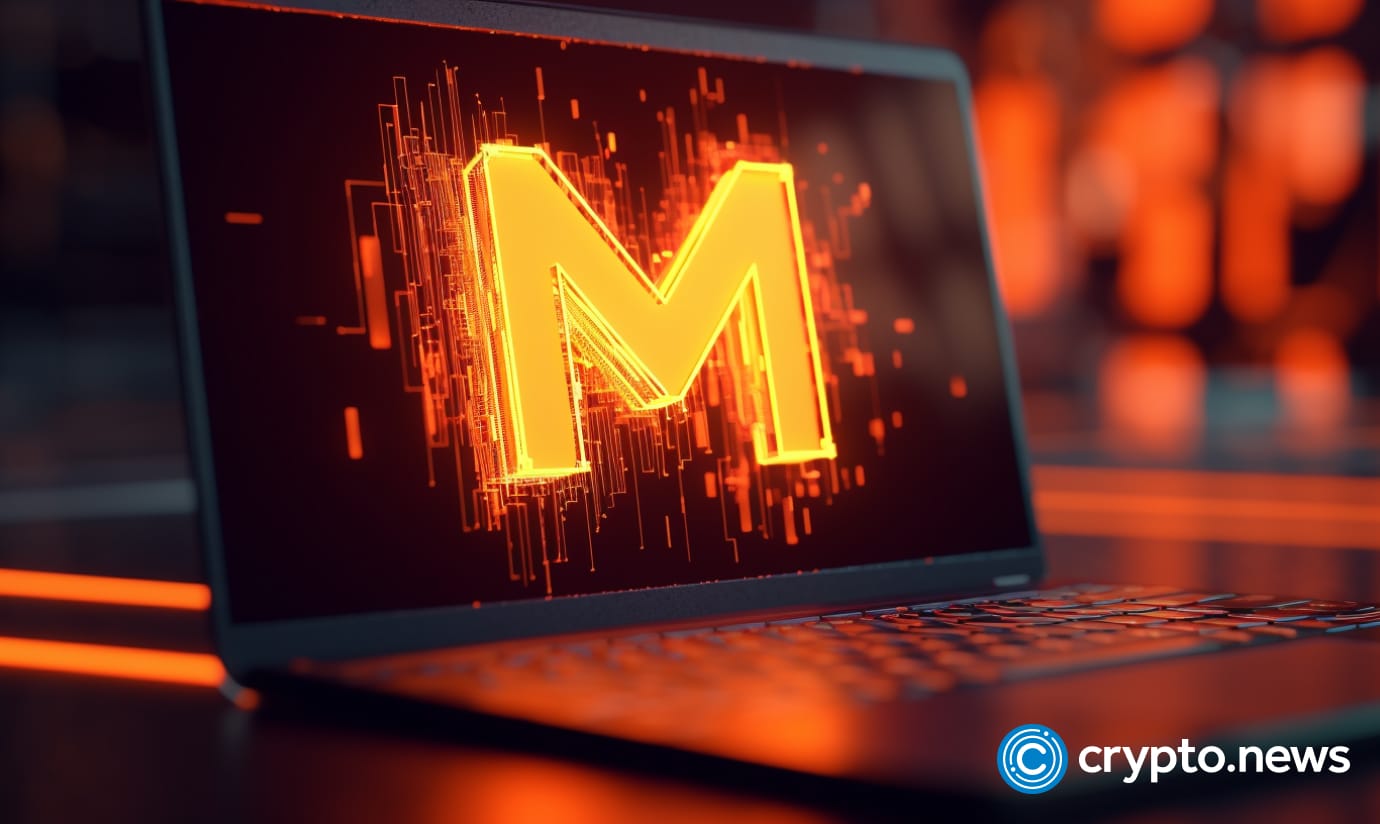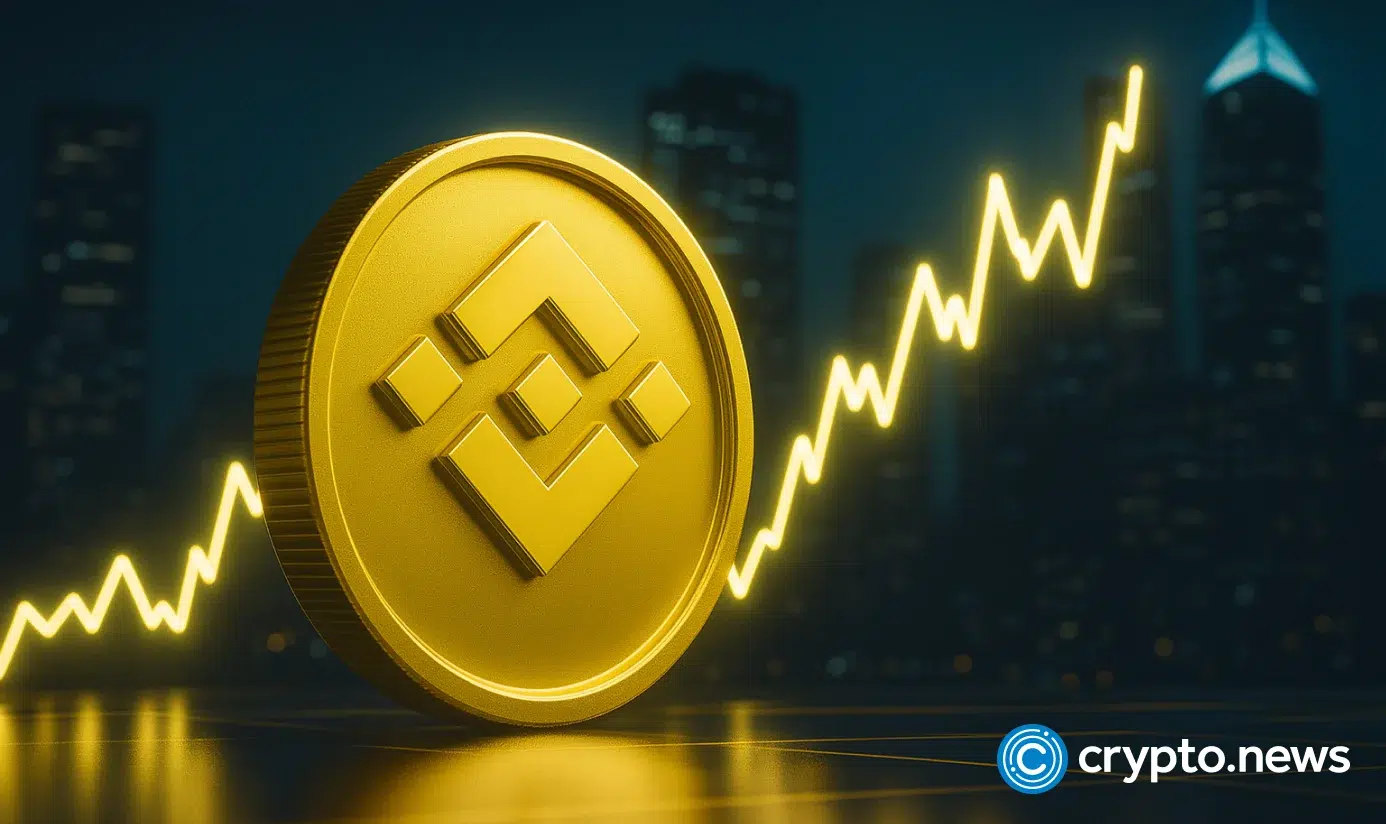Key takeaways
Token burns are a key part of many projects’ tokenomics. They permanently remove coins from circulation, but supply cuts alone don’t guarantee price gains.
Burns work best when supported by strong fundamentals, meaningful burn volume and rising demand.
Market trends, investor sentiment and burn transparency all shape price impact.
Tokens with high burn rates, like Shiba Inu, haven’t seen matching price growth because demand didn’t rise with reduced supply.
BNB shows that consistent, revenue-backed burns and strong ecosystem activity can drive lasting deflationary pressure.
Imagine you own a restaurant and decide to remove 20% of your menu every week. Does that make the restaurant better? Not really, unless more customers start showing up. That, in a nutshell, is what token burning is about.
Token burning is the process of sending crypto tokens to an unusable wallet address to permanently remove them from circulation. The receiving address has no private key, making recovery impossible. It’s like throwing money into a locked vault with no combination.
What’s the deal with token burns?
When a token burn happens, the total supply of that token in circulation decreases. Another way to look at it: imagine you hold 1,000 tokens out of 10 million total. You own 0.00001% of the supply. After a 50% burn, you would own 0.00002% of the total supply. On paper, your stake has grown.
However, this is where things get interesting and where most people misunderstand burns. The technical metrics are straightforward, but the real-world implications are complex.
The supply and demand paradox nobody talks about
Economic theory suggests that less supply and stable demand lead to higher prices. Water becomes more valuable during a drought, gold is precious because it is scarce, and Bitcoin (BTC) holds value because only 21 million tokens will ever exist.
The math seems foolproof. If a project burns tokens without the price dropping, each remaining token should, in theory, be worth more. Yet real-world outcomes rarely match theory.
Here’s why: Token price isn’t just about supply. It depends on what buyers are willing to pay. If nobody wants it, scarcity doesn’t matter. Scarcity without demand creates an asset that’s costly to hold but worthless in practice.
A token’s price reflects three forces working together:
Supply: How many tokens exist
Demand: How many tokens market participants want to buy
Sentiment: How the market believes the token will perform.
Remove supply without addressing demand or sentiment, and you’re operating with incomplete information. It’s like trying to predict stock prices by looking only at share count while ignoring company performance and market conditions.
The winning formula: When token burns actually affect price
Token burns work best under specific conditions. Understanding these patterns helps distinguish genuine deflationary strategies from marketing gimmicks.
Condition 1: Consistent, real revenue
The strongest burns are backed by real activity within the ecosystem. BNB’s (BNB) quarterly burns illustrate this well. Under its current Auto-Burn system, BNB tokens are permanently removed based on a transparent formula tied to BNB’s price and onchain activity. In October 2025, about 1.44 million BNB tokens were burned, marking the 33rd consecutive quarterly burn.
This matters because the burn reflects genuine network usage and transparent supply reduction. The project isn’t printing new tokens to destroy or create artificial scarcity. Instead, it uses measurable blockchain activity to regulate supply, showing that the ecosystem remains active and structurally deflationary.
When burns are tied to real ecosystem activity, investors see proof that the project creates lasting value. This, in turn, builds confidence that supply reductions will continue sustainably, not just as a marketing move during bull markets. Binance has maintained this quarterly burn for years, showing that the mechanism remains consistent and transparent.
Condition 2: Meaningful supply reduction
A 0.001% supply reduction? Most markets ignore it. The burn needs to create meaningful scarcity.
Ethereum’s fee-burning mechanism, Ethereum Improvement Proposal (EIP) 1559, removes transaction fees from circulation. According to data from Ultrasound.money, about 4,626,088.10 Ether (ETH) has been burned over four years and 91 days since the upgrade went live. While this may seem modest, it tackles a key issue: Ethereum’s network activity once caused inflation through mining rewards. By burning fees, the protocol helps balance that inflation.
In contrast, many altcoins burn millions of tokens from a quadrillion-token supply. The percentage reduction is negligible. It’s like claiming to reduce the world’s population by sending a few dozen people to the moon — technically true, but practically irrelevant.
The principle is simple: Burn percentage matters more than the absolute number of tokens destroyed. A 2% supply reduction influences scarcity far more than burning a billion tokens from a one-quadrillion supply. This is why projects with massive initial supplies struggle to sustain burn-based value narratives.
Condition 3: Growing ecosystem demand
Many projects miss the real driver of value: ecosystem growth. Burning tokens creates potential value, but sustained adoption turns that potential into reality.
BNB’s quarterly burns work because the BNB Smart Chain keeps expanding. Under its Auto-Burn and BEP-95 mechanisms, onchain activity and gas fees determine how many tokens are destroyed. As more applications launch, network usage rises, generating more fees and blocks, which in turn support larger burns. It becomes a cycle of growth that feeds on participation and real demand.
Ethereum’s token burn through EIP-1559 works for similar reasons. The network serves as the backbone for decentralized finance (DeFi), smart contracts and non-fungible tokens (NFTs). When usage increases, more base fees are burned, gradually reducing net issuance. The burn isn’t imposed; it’s a byproduct of real onchain activity.
Condition 4: Market sentiment and timing
Burns announced during bull markets tend to generate more excitement than identical burns in downturns. Investor sentiment plays a major role in how token burns affect price.
When BNB’s 33rd quarterly burn was announced in late October 2025, the token was trading near recent highs and rose by a few percentage points following the event. The same burn during a market slump might have drawn less attention or even been viewed as a defensive move.
Transparency matters, too. Projects that share burn schedules in advance and provide onchain proof build credibility. Surprise burns or vague statements, on the other hand, often raise doubts. Investors prefer to verify burns independently rather than rely solely on a project’s claims.
When burns completely fail
Understanding why token burns succeed is valuable, but recognizing failed burns is equally crucial for investors and traders alike.
The massive supply problem
Shiba Inu (SHIB) offers a cautionary example. Since 2021, over 410 trillion SHIB tokens have been burned, including the well-known event when Ethereum co-founder Vitalik Buterin burned about 410 trillion tokens — roughly 90% of what had been gifted to him. Yet SHIB still trades at a small fraction of its 2021 all-time high.
Why? The remaining supply is still massive at roughly 589 trillion tokens. Burning 410 trillion from a near-quadrillion-token supply leaves an enormous amount in circulation. Even continued aggressive burns have failed to create meaningful scarcity.
The numbers tell the story: At the current burn rate, SHIB would need many decades or longer to achieve genuine scarcity. The project’s initial supply was so large that even dramatic burn totals amount to rounding errors for both mathematicians and market participants.
Demand evaporated
Shiba Inu also illustrates the demand problem. Burn rates in October were 407.77% higher than in September, according to data from Shiba Burn Tracker. Did the price surge? No. It has actually declined further since.
Many investors shifted to newer projects, fresh narratives or established cryptocurrencies offering better returns. The token became a relic of the 2021 bull market rather than a forward-looking project. Community interest faded despite accelerated burns. Retail enthusiasm waned, and without new participants, scarcity cannot sustain prices.
This pattern repeats often: Projects burn aggressively, while their ecosystems stagnate. No new development, no partnerships, no expanding use cases. Scarcity without demand creates something that is both rare and worthless.
Market “prices in” expected burns
When burns become predictable and automatic, something interesting happens: The market stops reacting to them.
If BNB were to announce its quarterly burn schedule for the next three years, traders would immediately factor that information into current prices. They wouldn’t wait for each quarterly event. The burn’s positive effect unfolds gradually during the anticipation phase, not suddenly when it occurs.
Repeated, scheduled burns lose their psychological impact. Investors price them in right away rather than responding incrementally. This is why surprise burns or larger-than-expected burns move markets, while routine burns fade into the background.
How should investors think about burns?
Token burns work best when applied within thriving ecosystems that generate real demand. They fail when used as standalone fixes for fundamental problems.
Here are the key questions to keep in mind when evaluating a token burn:
Is there genuine system activity? Look for actual usage, not just a promising roadmap.
Who funds the burn? Real revenue matters more than arbitrary decisions.
What’s the burn percentage of the total supply? Large burns relative to total supply have an impact; small ones don’t.
How does the market react to previous burns? Does momentum continue afterward, or does it fade quickly?
Is the project transparent? Can the burns be verified onchain?
What token burns really tell us
Token burning impacts price only when specific market conditions align: a meaningful reduction in supply, growing demand, revenue backing the mechanism, favorable market sentiment and transparent execution. Burning alone accomplishes little; it’s one element of a broader strategy, not a strategy by itself.
The difference between successful and failed burns usually isn’t the burn size; it’s whether the market actually wants the token. Projects that attract developers, users and real adoption see burns contribute to long-term value. Those without momentum find that burns create temporary excitement followed by disappointment.
Projects like BNB succeed by pairing scarcity with utility, transparency and ecosystem growth. That’s the formula worth understanding. Everything else is just noise.
.png)
 2 hours ago
1
2 hours ago
1




